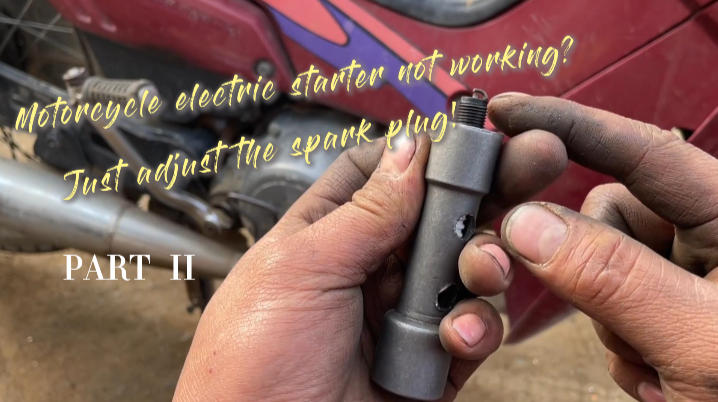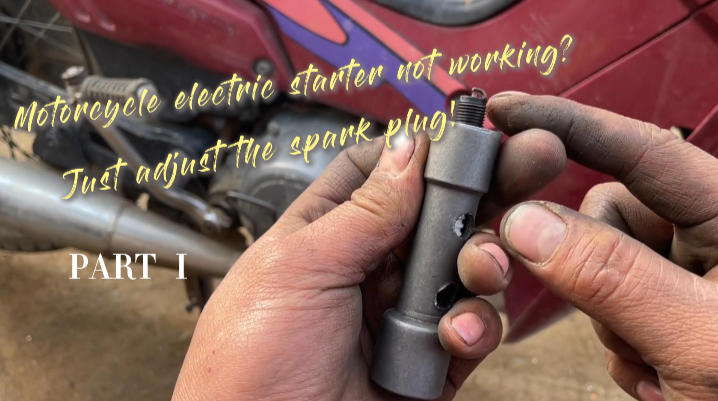who started tesla motors? — the short, messy truth
-
16
-
2025-10-23 16:12:35
Ask anyone who “started” Tesla and most will say, without missing a beat: Elon Musk. That answer is simple, punchy, meme-friendly — and not exactly the whole story.
If you want the neat history-version: Tesla Motors was founded in 2003 by Martin Eberhard and Marc Tarpenning. Elon Musk came in a bit later, as the deep-pocketed backer who helped turn the idea into a company people actually noticed. He absolutely became the public face and driving force. But he didn’t walk in on day one with a nameplate. Confusing? Sure. Human drama? Also yes. Let’s untangle this like a cable in the junk drawer.
two engineers, a crazy idea, and the name “Tesla”
Back in the early 2000s, two guys — Martin Eberhard and Marc Tarpenning — were fiddling with batteries and dreaming about electric cars that weren’t boring. They wanted something fast, desirable, not the sad golf-cart look EVs had at the time. They believed lithium-ion batteries (the ones in our laptops) could work in cars. That was the seed.
They chose the name “Tesla” to nod to Nikola Tesla, the eccentric genius who helped make modern electricity possible. Poetic. Tasteful. A little dramatic — exactly the vibe for an electric-car startup that wanted to be more rock star than appliance.
So, Eberhard and Tarpenning: the originators. Not flashy, not on stage, but they started the work — prototypes, suppliers, early technical problems — the real, gritty stuff.
enter elon — the investor who escalated everything
In 2004, Elon Musk, fresh off PayPal cash and restless ambition, got involved. He led an early investment round and became chairman of the board. He didn’t invent Tesla’s concept, but he brought two things that matter in a startup: money and insatiable pressure to win.
That pressure changed the company. Musk pushed hard on design, product goals, and timelines. He had big ambitions — not just to make a niche electric sports car, but to build a company that could flip the entire auto industry.
So, no, he wasn’t the original founder. But he was the major accelerator. Think of Eberhard and Tarpenning as the people who built the engine, and Musk as the one who poured rocket fuel on it.
the roadster — proof of concept and chaos in a chassis
Tesla’s first car, the Roadster, was built to prove a point: electric cars could be fast and sexy. They used a Lotus Elise chassis and packed in lithium-ion batteries. The result? A small sports car that could legitimately brag about acceleration.
But building the Roadster nearly broke them. Costs ballooned, parts were hard to source, and manufacturing headaches were relentless. The startup drama increased. Founders disagreed with investors. Deadlines slipped. Tempers flared. You’ve seen this movie before — brilliant people, limited cash, impossible expectations.
That stress eventually led to leadership changes. Martin Eberhard left (or was pushed out — depends who you ask), and the board reshuffled direction. Lawsuits followed. Founding myths got complicated.
founders, co-founders, and the lawsuit chapter
Here’s where the clean story turns into a courtroom subplot. After the dust settled from board fights and departures, there were legal claims over who could use the title “founder.” It’s petty and human and kind of inevitable when billions are at stake.
Eventually, several people are officially recognized in Tesla’s origin story: Eberhard and Tarpenning (the initial founders), plus a few early key players who joined and helped shape the company — names like JB Straubel and Ian Wright often come up as early technical leads. Musk, by investment and influence, is widely considered a co-founder in the public eye and in later legal/filing contexts.
Bottom line: the origin is not a single-person moment. It’s distributed — people who started the idea, people who funded and reshaped it, people who engineered key systems — all of them matter.
why everyone thinks “elon” started it
Let’s be real: Musk is loud. He’s dramatic. He tweets at 2 a.m. He launches rockets. He sells flamethrowers. He’s a billionaire who turned his own money into boardroom leverage, then turned the company into a cultural machine. Musk’s personality, media presence, and willingness to front-risk (including personal capital) made him the face of Tesla.
Also: when the Model S came out and actually wowed car journalists, Musk was the CEO at the wheel for the public narrative. He took credit, rightly in some ways, and got blamed when things went sideways. That association sticks. Humans love simple stories: bold billionaire saves the world. It’s a neat headline. Nuance is a bore for clickbait.
so who actually started tesla motors?
If you want the short, slightly pedantic answer:
Technically founded: Martin Eberhard & Marc Tarpenning (2003).
Major early investor and later CEO: Elon Musk (joined 2004-ish as lead investor; deeper role through late 2000s).
Early technical leaders: JB Straubel, Ian Wright — both critical to Tesla’s early engineering.
If you want the cultural answer: Elon Musk made Tesla famous, and a lot of people (myself included) shorthand the whole story to “Elon started Tesla.” It’s a simplified map of a messy territory.
what happened to the original founders?
They didn’t vanish. They took different paths. Some stayed in the EV world, others moved into venture or other startups. JB Straubel went on to start ventures around battery recycling — the kind of behind-the-scenes work the industry desperately needs. The point: they kept doing interesting tech stuff, not necessarily headline-grabbing, but valuable.
Founders rarely get the last word in a company’s legend. Even the ones who do sometimes fade from memory. That’s a human thing, not a moral judgment.
why the origin story matters (beyond trivia)
Because it changes how we think about innovation. If you believe that startups are one-person lightning strikes, you miss the reality: most big innovations are messy, collective, and iterative.
Tesla’s early years show that:
Initial ideas matter, but so does execution (hardware is unbelievably hard).
Money and influence accelerate — and change — a vision.
Founders and funders will clash; sometimes that’s productive, sometimes destructive.
A brand can become bigger than its origin story.
Understanding who did what helps us judge the company more fairly: product, leadership, culture — those are distributed outcomes. They’re not one-person miracles.
quick timeline (because humans like lists)
2003 — Eberhard and Tarpenning start building what becomes Tesla Motors.
2004 — Elon Musk invests and becomes chairman. Role ramps up over time.
2008-ish — Management shake-ups; Roadster production pains; formal leadership changes.
Post-2008 — Company pivots and grows; Model S, Model 3, etc., follow. Musk becomes the public CEO and face of Tesla’s reimagined mission.
(That’s the short timeline. The full one has board meetings and angry emails and long nights of soldering and “fix this now” panic — the stuff you don’t get in a two-line bio.)
final thought: founders vs. builders vs. accelerators
If you care about titles, you’ll want a list. If you care about impact, you’ll want a story. Tesla needed both: the first people to say “this is worth trying” and the later people willing to shove the company into the deep end.
So who started Tesla Motors? Two engineers lit the spark. Investors and later leaders poured jet fuel on it. Engineers and managers kept it from burning down. The rest — the public story that sticks in our heads — is the result of those parts clashing and cooperating over years.
Want the one-sentence mic-drop? Martin Eberhard and Marc Tarpenning started Tesla; Elon Musk made it famous.
And then the world changed, one silent, fast car at a time.
-
Oil Pump JR-B18-1 16700-K20-903 For Z00MER

-
Oil Pump JR-B18 16700-KVG-41 For AIR BLADE
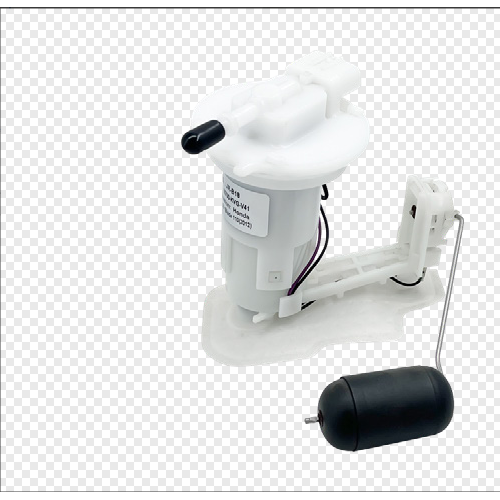
-
Oil Pump JR-B113 16700-HR3-A21 For Fou rTrax Rancher
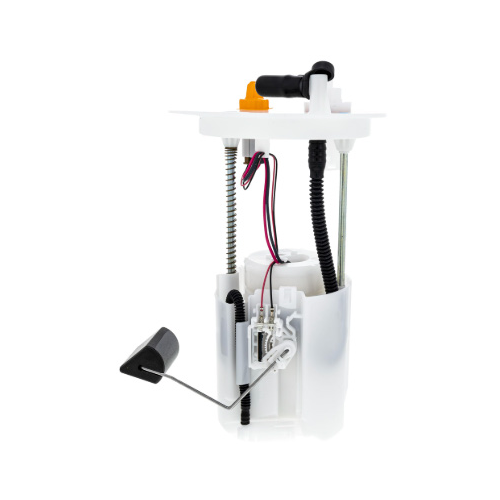
-
Oil Pump JR-B112-1 275500734 For GT1 130/155 2011-2012
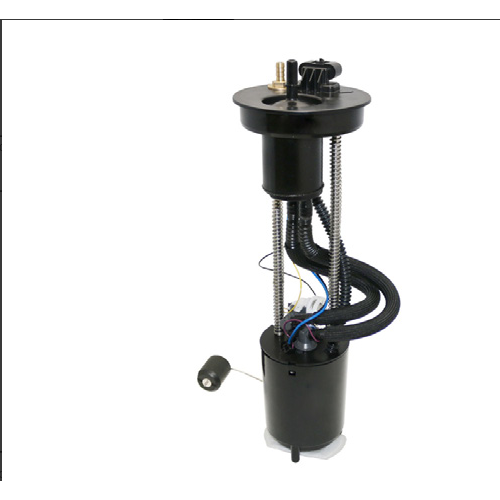
-
Oil Pump JR-B112 47-1027 For MAVERICKX
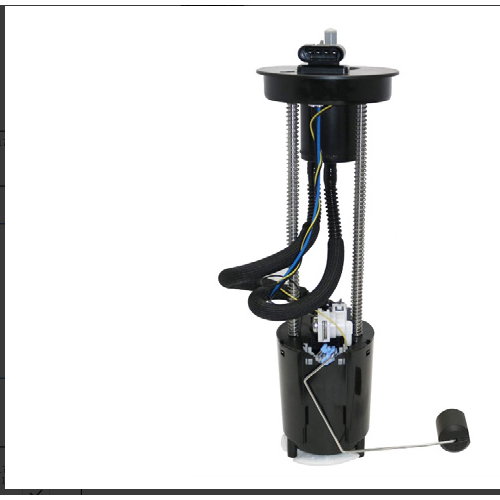
-
Oil Pump JR-B110 47-1050 For OUTLANDER
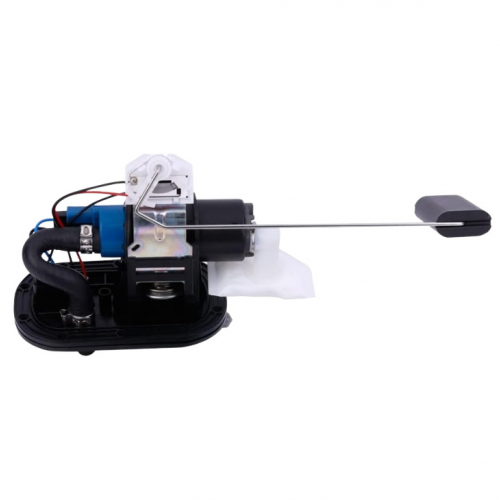
-
Oil Pump JR-B109 709000758 For OUTLANDER
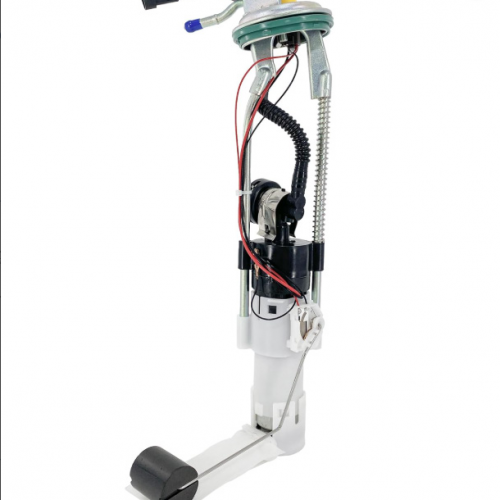
-
Oil Pump JR-B108-1 2204308 For SPORTSMAN
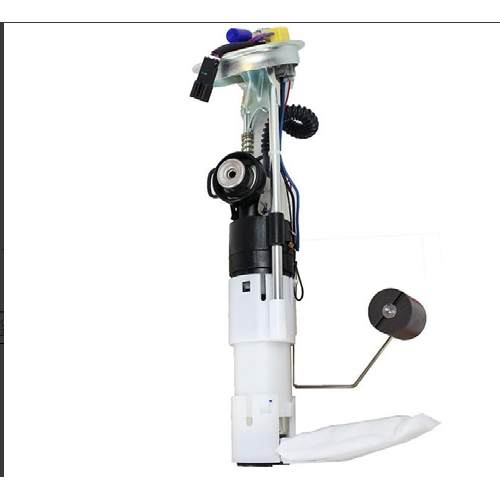
-
Oil Pump JR-B108 47-1014 For SPORTSMAN
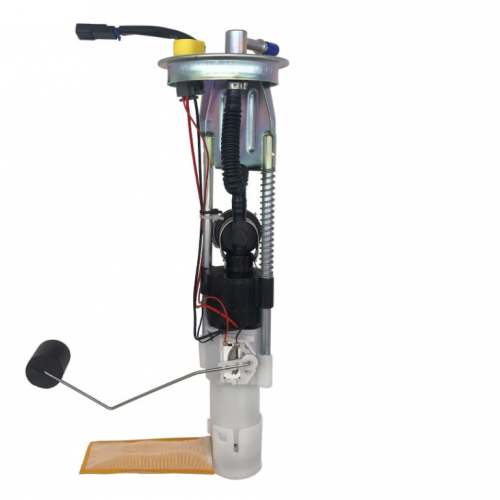
-
Oil Pump JR-B98-1 47-1012 For RANGER



